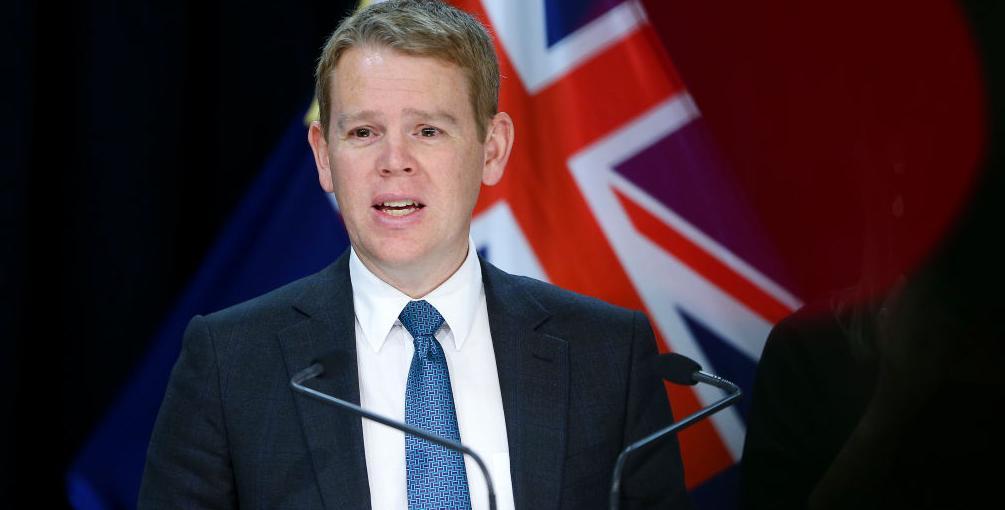
New Zealand is celebrating 100 days of no community COVID transmission, what's their secret to success?
By Mustafa GatollariAug. 10 2020, Updated 11:23 a.m. ET
Much to the chagrin of pretty much everyone on the planet, the novel coronavirus pandemic is still very much a problem in many parts of the world. The U.S. has come under harsh criticisms as of late for taking "half measures" when it comes to combating the spread of COVID-19. Initial flip-flopping about mask-wearing, inconsistent lockdown messaging, and relatively slow response times in the beginning didn't help matters. So how did New Zealand become COVID free? Can the U.S. emulate its success?
New Zealand recently celebrated 100 days without COVID-19.
The last known case of COVID-19 was imported into New Zealand on Feb. 26. The fact that nation is an island has probably helped it remain relatively COVID-free; its last known community transmission of the virus was detected on May 1. New Zealand joins the ranks of other nations that have been deemed as having excellent COVID responses.
Taiwan, Singapore, South Korea, Canada, Australia, Germany, Vietnam, and Japan have been praised for the ways in which they've managed the coronavirus outbreak. A combination of stringent border closures, as well as mask implementations and widespread testing are all attributed to the relatively low death to contraction ratios in these countries.

So how did New Zealand become essentially COVID-free?
The country reports three main measures for its resounding success in "beating" the spread of the coronavirus. The first measure was immediately enforcing tough border controls to halt any introductions of COVID-19 from travelers to and from the country. A nationwide lockdown was also implemented in conjunction with physical and social distancing has demonstrably presented favorable results in quelling the spread of the illness.
The third factor, which is complex in nature, was the country's effective measures in contact tracing, quarantining, and the implementation of swift, case-based controls that were utilized upon testing of individuals and specific populations. These protocols have yielded nearly an absolute termination of COVID-19 resurgences throughout the entire country.
The Conversation also highlighted a key element to New Zealand's success and that was the nation's "clearly articulated elimination strategy." The country didn't offer up conflicting reporting when it came to its intention to decimate the spread of the disease. The country's government struck against the virus quickly and effectively and its citizens adhered to lockdown rulings.
What's more is that New Zealand's government didn't "flip flop" when it came to mask wearing — instead, it instantly began providing non-medical grade face coverings for all citizens. Drive-thru testing sites were offered throughout the country as well. Obviously, New Zealand is comparatively a smaller country (both in land mass and population size) when compared to the United States, which helped matters.
However, the nation's medical messaging was consistent and unwavering from the get-go. This yielded immediate results: Some 10 days after its coronavirus elimination protocols were put in place, the country had reported a leveling off of cases. Now, many other countries are looking to New Zealand for inspiration in how to solve their own COVID-19 quandary.
What's more is that the country's approach has also minimized economic impact when compared to other nations. Australia, which has had relative success in leveling off coronavirus cases, has not had the same fortune when it comes to mitigating adverse economic impact when compared to its smaller island neighbor.
The New England Journal of Medicine urges other governments to follow the elimination approach that New Zealand has formulated for greater success in curbing the spread of COVID-19.
